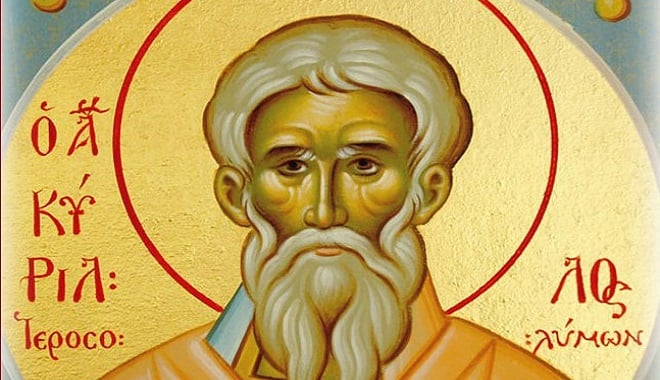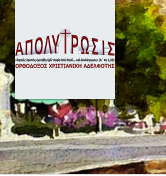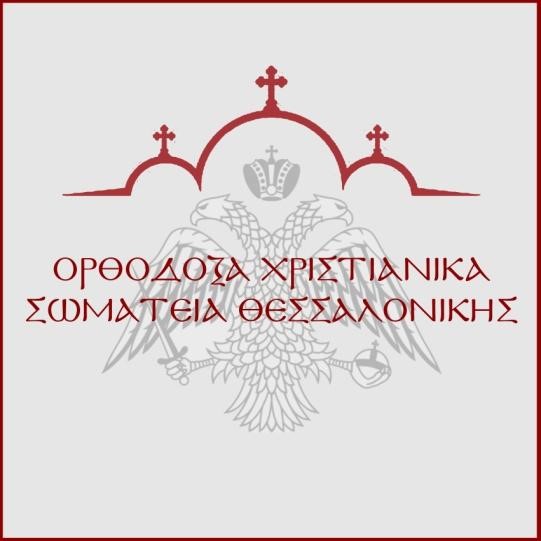From the Book
The Catechetical Homilies of St. Cyril Archbishop of Jerusalem
Edited by Despoina M. Kalogeraki, Ph.D.
Published by Orthodox Missionary Fraternity of Thessaloniki
Thessaloniki 2011
 St. Cyril, bishop of Jerusalem and one of the “Fathers of the Church”, was born most probably in Jerusalem about 316 A.D, just about the time the emperor Constantine legalized Christianity in the Roman Empire (313 A.D.) and reposed in peace probably 18 March 386 A.D, shortly after the Second Ecumenical Council of Constantinople (381 A.D) which completed the Creed often known as the Nicene Creed. In the East his feast is observed on the 18th of March. Little is known of his life. We gather information concerning him from his younger contemporaries, Epiphanius, Jerome and Rufinus, as well as from the fifth-century historians, Socrates, Sozomen and Theodoret.
St. Cyril, bishop of Jerusalem and one of the “Fathers of the Church”, was born most probably in Jerusalem about 316 A.D, just about the time the emperor Constantine legalized Christianity in the Roman Empire (313 A.D.) and reposed in peace probably 18 March 386 A.D, shortly after the Second Ecumenical Council of Constantinople (381 A.D) which completed the Creed often known as the Nicene Creed. In the East his feast is observed on the 18th of March. Little is known of his life. We gather information concerning him from his younger contemporaries, Epiphanius, Jerome and Rufinus, as well as from the fifth-century historians, Socrates, Sozomen and Theodoret.
He spent his whole life in Jerusalem where was consecrated bishop of the Holy City of David about 348 A.D by Acacius of Caesarea. St Cyril was banished from his Jerusalem see a total of three times for his bold proclamation of faith in Christ’s full divinity during a time when many bishops and emperors were in favour of various forms of the Arian1 heresy. Being zealous for the Orthodox faith, he was exiled three times by the Arian Emperors Constantius and Valens.
St. Cyril attended the great Council of Constantinople in 381 A.D, the Second Ecumenical Council, at which Theodosius ordered the Nicene faith (the one of the First Ecumenical Council of Nicaea in 325 A.D), now a law of the empire, to be promulgated. According to the Second Council of Constantinople Cyril proved himself to be one of the greatest fighters against Arianism.
The extant works2 of St. Cyril of Jerusalem include a sermon on the Pool of Bethesda, a letter to the emperor Constantius describing a wonderful cross of light extending from Golgotha to the Mount of Olives, a cross which appeared in the air during the celebration of Pentecost in 351 A.D, four small fragments of other homilies of his, and the famous “Catecheses”, which are presented in this book and which are among the most precious remains of Christian antiquity.
............................
1. Arianism is the theological teaching of Arius (250-336 A.D.), a Church priest, who was deemed a heretic at the First Ecumenical Council of Nicaea in 325 A.D. and pronounced a heretic again after his death at the Second Ecumenical Council of Constantinople in 381 A.D. According to the heretic Arius, God the Father and the Son did not exist together eternally. The Son was not God himself but he was created by the Father in time.
2. See Patrologia Graeca 33, 331-1180.
Copyright © 2021 by Orthodox Christian Association «ΧΡΙΣΤΙΑΝΙΚΗ ΕΛΠΙΣ» ΟΡΘΟΔΟΞΗ ΑΔΕΛΦΟΤΗΤΑ. Used by permission. All rights reserved.











